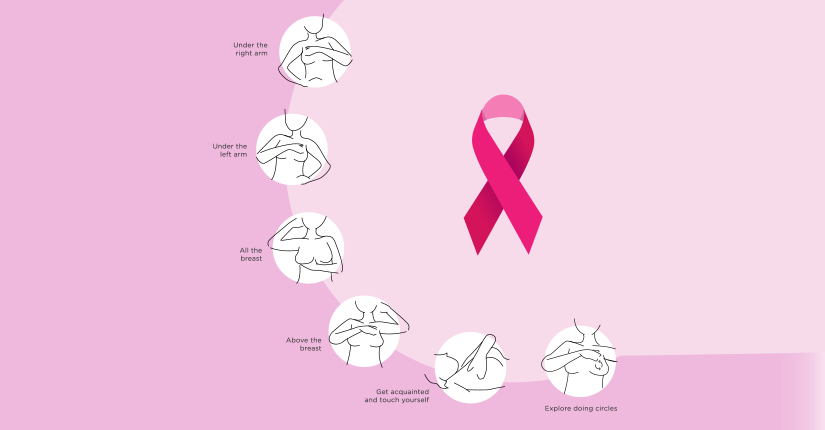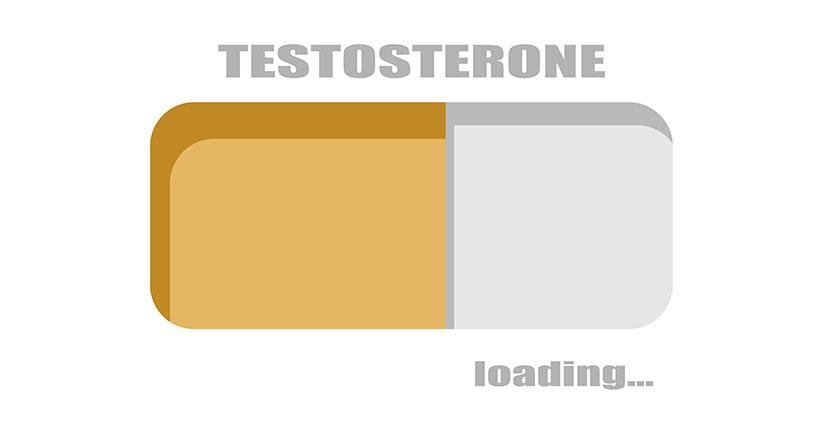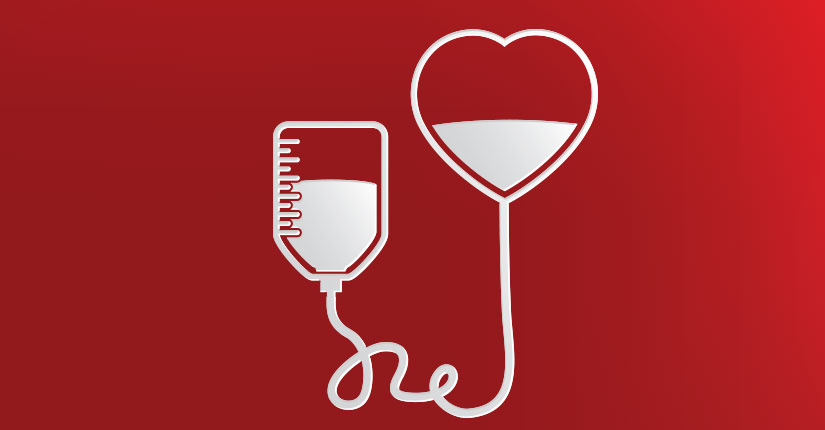Self Breast Examination Guide for Females
By Nmami Agarwal 04-Oct 2020 Reading Time: 5 Mins

A breast self-exam is a check-up a woman does at home to look for any changes or problems in the breast tissue. Adult women of all ages are advised to take the breast self-exam, at least once a month. The most appropriate time to take this is, one week after your menstrual period starts when your breasts are least likely to be swollen or tender.
If your menstrual cycle is irregular, or if you have reached menopause, do your examination on a day of the month that’s easy to remember. A breast self-exam can help you screen for any tumors, cysts or any other abnormalities in the breast.
How to prepare for a breast self-exam?
- Start by standing straight in front of a mirror with your hands placed on your hips.
- Visually, examine your breasts for any changes in size, shape, or symmetry, dimpling, inverted nipples, puckering, and asymmetrical ridges at the bottom.
- Check for these signs with your arms at the sides, then over your head and lastly by lifting one breast at a time.
- Using your palms, or the pads of your middle three fingers, try to inspect your breasts while lying down on the back, and then again in the shower.
- Use pressure from light, to medium, to firm. The aim is to feel different depths of the breast by applying different degrees of pressure. Use light pressure to feel the tissue to feel the tissue closest to the skin, medium pressure to feel a little in depths and firm pressure to feel the tissue closest to the ribs and chest.
- It is important to go in gradually. Do not rush. Take a few minutes to carefully examine your breasts.
- You should follow the pattern of self- examination; lines, circles and wedges. But, remember to keep your left arm raised while examining the right breast and vice-versa.
- Lines: Begin with the outer edge of your breast and move your fingers downward, using a circular motion. Follow this until below the breast. Then, move your fingers slightly towards the middle and slowly move back up.
- Circles: Use the pads of your fingers, move in circles slowly from the outer edge of your breast. Gradually, make smaller circles towards the nipples. Make sure you check behind the nipples.
- Wedges: From the outer edge, move your finger towards the nipple and then back to the edge. Do not lift your fingers while you feel the breast.
- Lastly, squeeze your nipples to check for a discharge.
- Do not forget to check the area closest to the armpit.
After the breast self-examination
If you come across any abnormalities or a lump, you need not necessarily panic, for most of them are non-cancerous. But for your satisfaction, schedule an appointment with your doctor. Alternatively, you can opt for mammography to detect tumors even before they are felt.
Over to you.
Many symptoms of breast cancer are invisible and predominantly not noticeable without a professional screening. But, some symptoms can be caught early if you keep a track about your breast health. Take the breast self-test every month and follow the above mentioned guidelines for a better understanding of your breast health and changes.





















